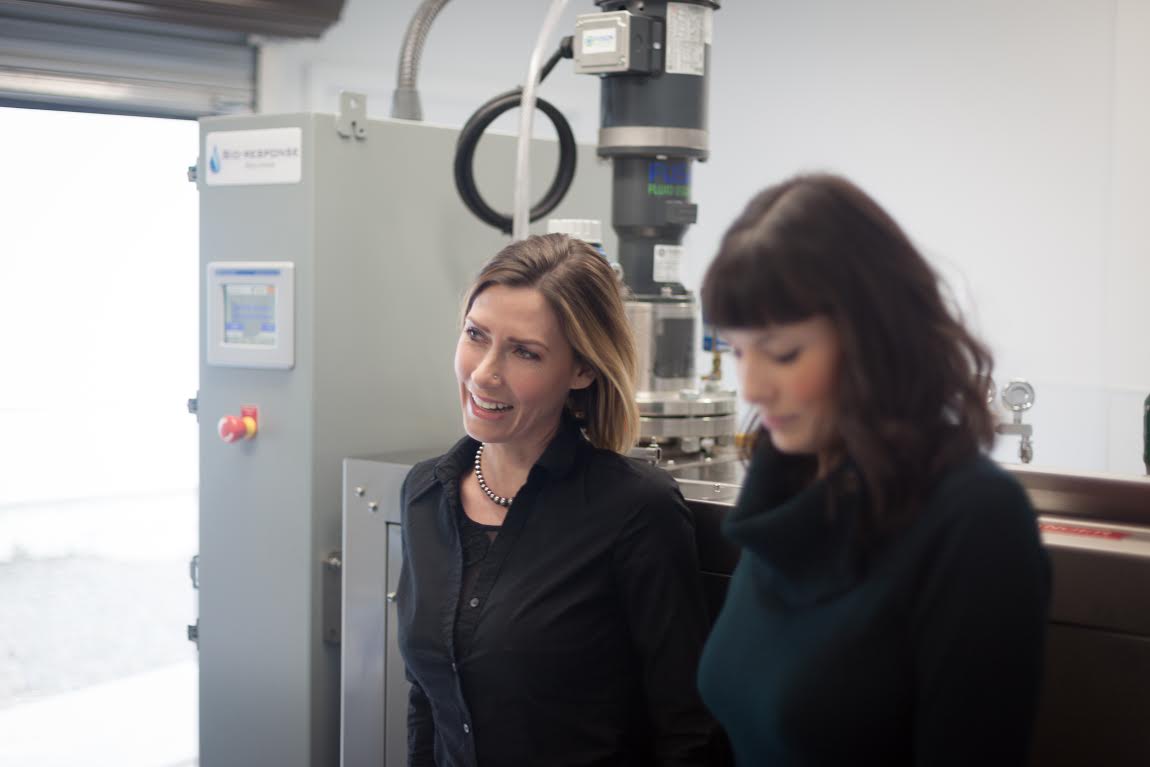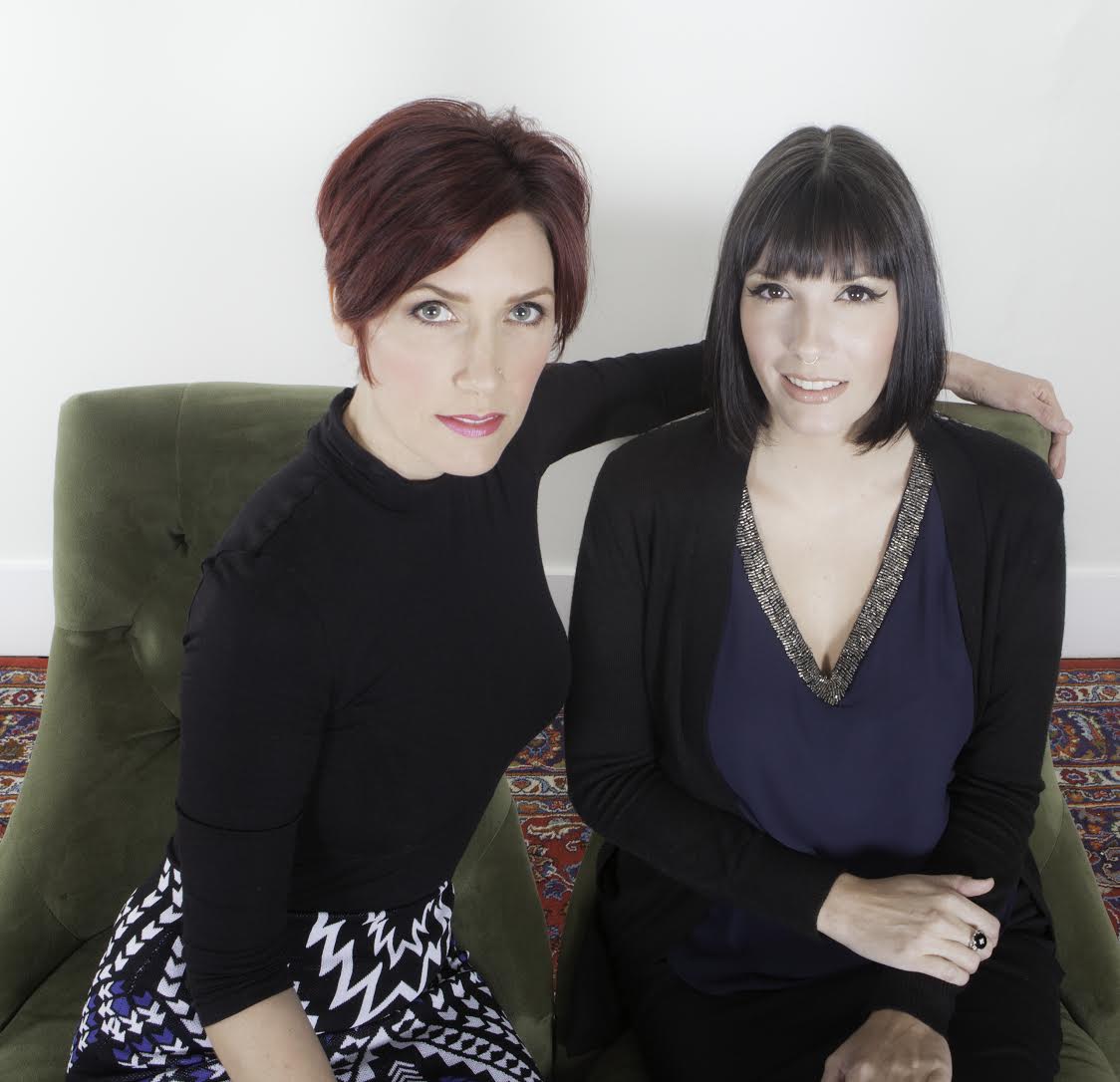Sitting in the upper left corner of the United States, Seattle is, to much of the world, the hinterland of woodsy grunge people who spend their time snowboarding, drinking coffee with tech billionaires, and living the charmed life of people who hike for a living. This may not be entirely accurate, but we do have a fierce loyalty to our pets, specifically our dogs. We have bars for them, we allow them in malls, we hold our dog parks on par with the National Parks. We are also a hotbed of progressive death care.
When it comes to death, we lead the country in embracing cremation as a means of disposition. We have been setting fire to our dead with regularity since the Woodrow Wilson administration and today, we wrangle like greased badgers to climb to the top of the cremation rate. If you can believe it, Seattle cremates 95% of their dead. Unfortunately, we have yet to embrace the new carbon friendlier technology of alkaline hydrolysis (AH), otherwise known as aquamation, or resomation. While other states have adopted this technology for humans, Washington lags. We sit, red faced and left behind, waiting for legislation.
 But we have a beacon showing us the frontier – Resting Waters, Seattle’s brand new pet aquamation service.
But we have a beacon showing us the frontier – Resting Waters, Seattle’s brand new pet aquamation service.
It’s not only Seattle’s newest AH facility, it is the only AH facility in the state PERIOD.
As Order followers, AH is unlikely to be newsworthy, because our readership is the most well-versed in death tech that has ever walked our planet. For those that remain uninitiated in the ways of “the final bath” let me share my fantastic good fortune as I was invited to be privy to the first AH process performed in the state…on anything or anyone.
Joslin and Darci are the owners of Resting Waters. Upon first meeting, you are immediately taken with their amazingly sunny dispositions, quick wit, and deep kindness. Their charismatic charm and business acumen only takes a back seat to their passion for a new standard of death care. A passion that is centered on giving families the same honor and healing for the loss of pawed family members that we afford the two footed ones. We met by chance after someone recognized our shared goals in death care and introduced us, which afforded me one of the highest honors in death care today – I was invited to help them with their first aquamation process.
The AH machine had finished its final permits mere hours before my arrival at their funeral home. Darci came to greet me at my car and, with characteristic directness, opened with “Thanks for coming. She’s on her way here with the dog. We need to move our cars so we can get him close. He’s kinda big.” Alright! Good to meet you, too! Let’s do this!
This machine stands about five feet (1.5 meters) tall and when you look at it, there’s no obvious place to put a body. As you walk around the side, you see that there is a step up to an open top where all the disposition grandeur takes place. A peek inside reveals a deep chamber that has partitions to keep the remains of animals separate for“private” cremations, so as to not co-mingle any of the remains that are left behind. Lest you blanch at the notion that your cat will be in the same process as your neighbor’s irritating dog, let me explain why.

The AH process is that of heating a solution of water and sodium hydroxide (NaOH) or potassium hydroxide (KOH), which breaks down the complex molecules that make up the soft tissue of a body. In most human AH machines, this solution is pressurized and heated well above the boiling point of standard atmosphere. This high pressure/high temperature accelerates the breakdown of these complex molecules to a liquid. What remains are just the bones of the deceased, which is the same result you see with cremation. The process in human machines takes around three hours. Most animal AH machines however, this one included, do not use pressure for the process and thus, the temperatures used in the process are far lower, and that equals a longer processing time. This longer process means that you must perform multiple aquamations in one cycle to make it viable.
BUT – this is NOT group disposition like heaps of animals thrown into a furnace and then scraped out and apportioned. The machine at Resting Waters has separated chambers inside, so that your pet is kept completely segregated from the other pets in that cycle. What remains is the little skeleton in your pet’s little temporary room, so to speak, and they are then taken out individually, processed, and put into the urn. The water at the end of the cycle then gets discharged into the sanitary system like all other waste water. I would like to take a moment to explain that the liquid that is discharged is nutrient rich and safe enough to use in the garden for all of your vegetables. In cremation, all the tissues and liquid are vented up the chimney in the form of particulates and steam. In the both cremation and AH, what is returned to the family is simply bone and trace materials.

The reputation of Resting Waters preceded them even before the opening of the business. The first guest of honor was brought to them months prior to the machine even being delivered, let alone functional. They invested in a freezer and he was put into cold storage (most dead things – people and pets – are refrigerated, not frozen). Joslin showed up with the frozen block-o-bowser and we set to getting him ready for his last bath.
The process was remarkably simple. The machine has a very straight-forward control panel with a booklet that gives you the ratios of NaOH to KOH for the weight of the animal that you are going to be “bathing” (I’m making up terms as I go here folks. This is so new, we haven’t even really come up with a familiar parlance yet).

We weighed out the chemicals in accordance with his weight, set the partitions in the chamber to hold the old boy in, lifted him into the chamber, and placed the chemicals in on top of him. With a simple close of the lid and a few pokes at the touch screen, Bowser was off on his way. The process was almost silent and was completed with no notable fanfare.
The next day, a jubilant pair of pet funeral directors texted me a picture of the remains, and I must say, it brought me a great deal of joy as well. It was a wonderful passage for someone’s beloved pet, and a true honor to be invited to the first time in Washington State history that a funeral home has used alkaline hydrolysis as a disposition. It’s a brave new day for our profession, and I’m incredibly proud to have seen a little tiny part of it with these remarkable women.
Order member, Jeff Jorgenson worked for years in the corporate funeral industry in Seattle, doing everything from pre-need sales to cemetery management. Fed up with how the death industry maintained outdated traditions, he struck out on his own, founding the Pacific Northwest’s first eco-friendly funeral home, Elemental Cremation and Burial . Elemental specializes in carbon neutral cremation & green burials.


